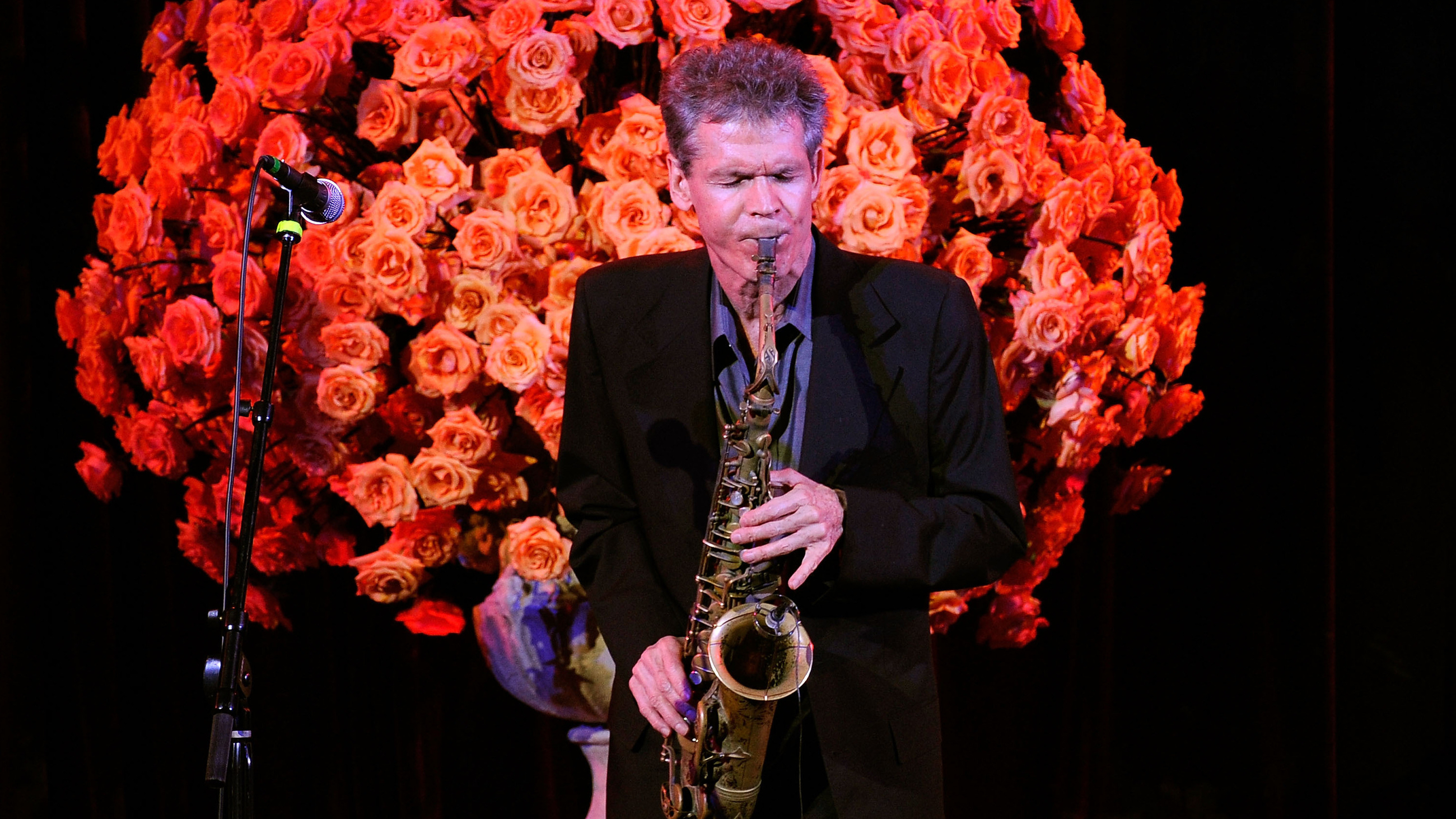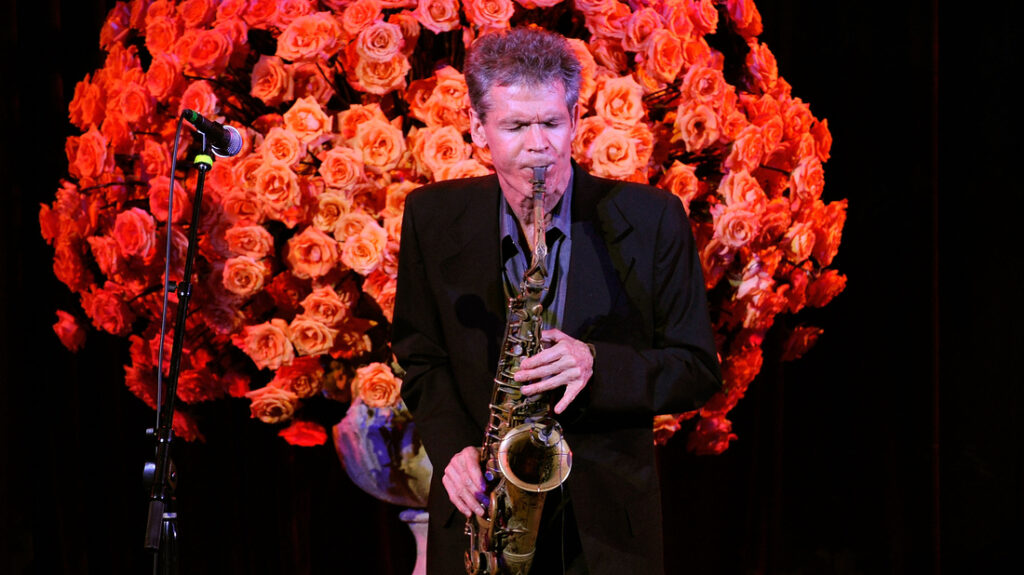David Sanborn, seen here performing in New York City in 2011.
Dimitrios Kambouris/Getty Images
hide caption
toggle caption
Dimitrios Kambouris/Getty Images

David Sanborn, seen here performing in New York City in 2011.
Dimitrios Kambouris/Getty Images
David Sanborn, whose keening cry on alto saxophone was as bright and steadfast as a lighthouse beacon during a career that spanned nearly 60 years and included collaborations with everyone from David Bowie to Stevie Wonder, died on Sunday in Tarrytown, N.Y. He was 78.
According to an official statement, the cause was complications of prostate cancer, which he had been battling since 2018.
With a string of crossover hits in the 1970s and ’80s, Sanborn set a sturdy template for the radio format known as smooth jazz, though he himself never warmed to the term. He had more than a dozen albums break into the Billboard 200, and won six Grammy awards — four of them in consecutive years during the mid-to-late ’80s. Two of those winning albums — Straight to the Heart, a solo effort, and Double Vision, a collaboration with pianist Bob James — are cornerstones of the commercial genre often labeled contemporary jazz.
The key to Sanborn’s success was his sound, which ran sweet-tart with a bracing bite, like the wedge of lime on a salt-rimmed cocktail glass. He’d adapted that tone from his childhood hero, Hank Crawford, a former music director with Ray Charles — but he made it as personal as his speaking voice, and carried it into a dazzling range of settings. Sanborn performed at Woodstock as a member of the Paul Butterfield Blues Band, with whom he logged his earliest recording credits. He can be heard amiably wailing on “Tuesday Heartbreak,” from Wonder’s Talking Book album, and James Taylor’s “How Sweet It Is (To Be Loved By You).” His sax famously delivers the opening salvo on Bowie’s “Young Americans,” as well as a running commentary throughout the song.
Born in Tampa, Fla., on July 30, 1945, David William Sanborn spent his childhood in Kirkwood, Mo. A difficult bout with polio at age 3 — the virus attacked his lungs, an arm and a leg — led to the saxophone as a therapeutic treatment. Enchanted by Crawford and others, he found an obsession; by his early teens, he was sitting in with blues legend Albert King. He joined the Butterfield band after moving to Los Angeles, just out of college.
The versatility that Sanborn brought to his musical career would also become a trademark on network television. He was briefly a member of the Saturday Night Live band in the early 1980s, and became a regular guest with Paul Shaffer’s band on Late Night with David Letterman. The experience led to a short-lived but fondly remembered late-night music variety show called Night Music, which he co-hosted with Jools Holland at the close of the ’80s. In the show, which was produced by Hal Wilner, Sanborn both bantered and performed with the guest lineup, which was radically eclectic; one episode had saxophonist Sonny Rollins, troubadour Leonard Cohen, pianist George Duke, spoken-word artist Ken Nordine, and the avant-pop band Was (Not Was). Over the last year, Sanborn rekindled some of this energy on an interview podcast called As We Speak, from WBGO.
Through every phase of his career, Sanborn maintained an insistent if inconstant connection with the jazz tradition. In 2013, he reunited with Bob James to make Quartette Humaine, a straight-ahead album that evoked the spirit of the classic Dave Brubeck Quartet. The following year, he released Enjoy the View, a surefooted soul-jazz outing featuring Bobby Hutcherson on vibraphone, Joey DeFrancesco on Hammond B-3 organ and Billy Hart on drums.
At the same time, perhaps as a result of some unhappy encounters with jazz gatekeepers, Sanborn maintained a certain humility about his place in the music. “If push comes to shove,” he told NPR’s Scott Simon in 2008, “I would describe myself more as coming out of the blues/R&B side of the spectrum. But I mean, if you play the saxophone, you certainly can’t escape the influence of jazz. So it’s not that I necessarily don’t, you know, want to be called a jazz musician. It’s just that I — you know, I don’t know if that’s totally accurate.”

